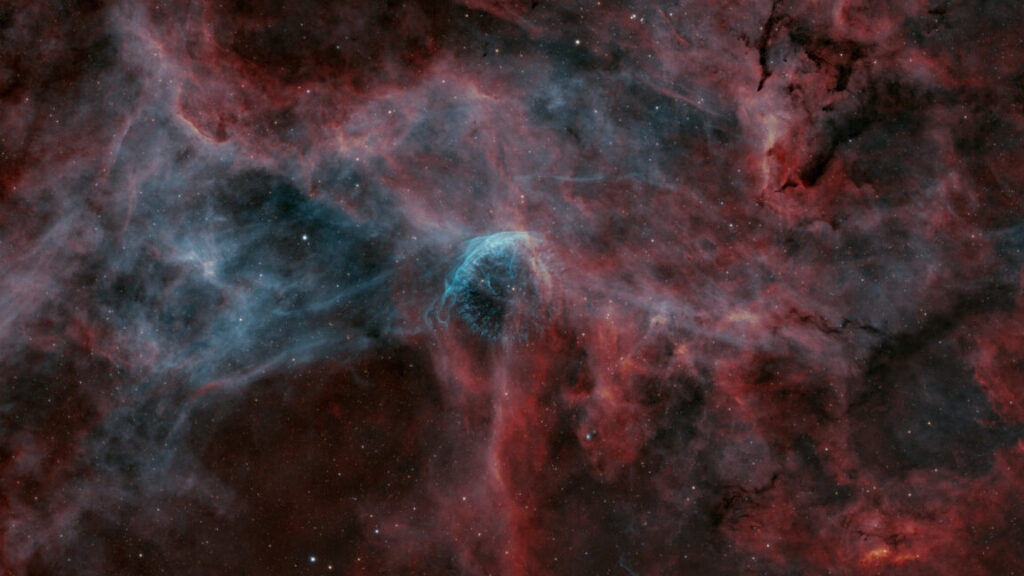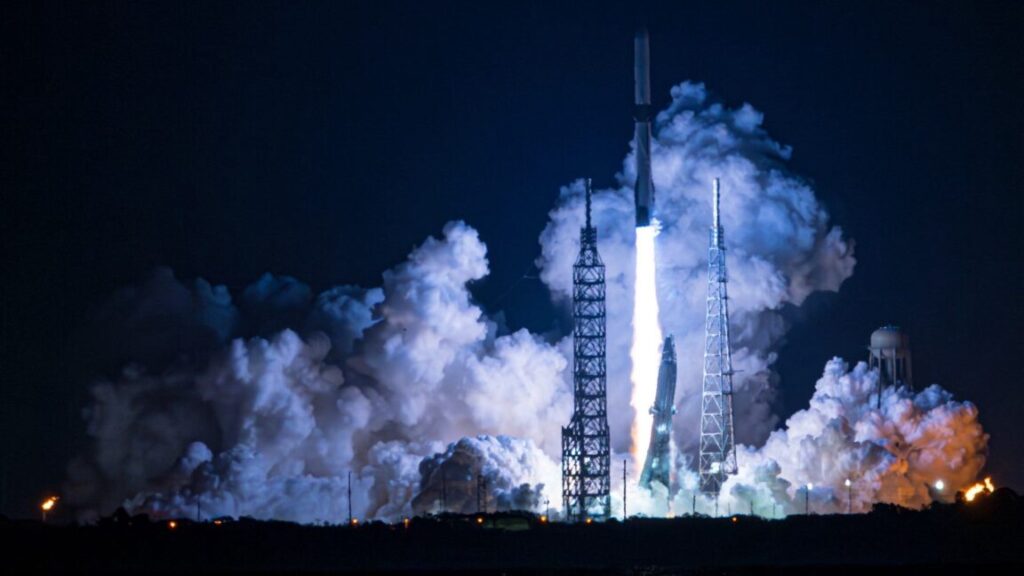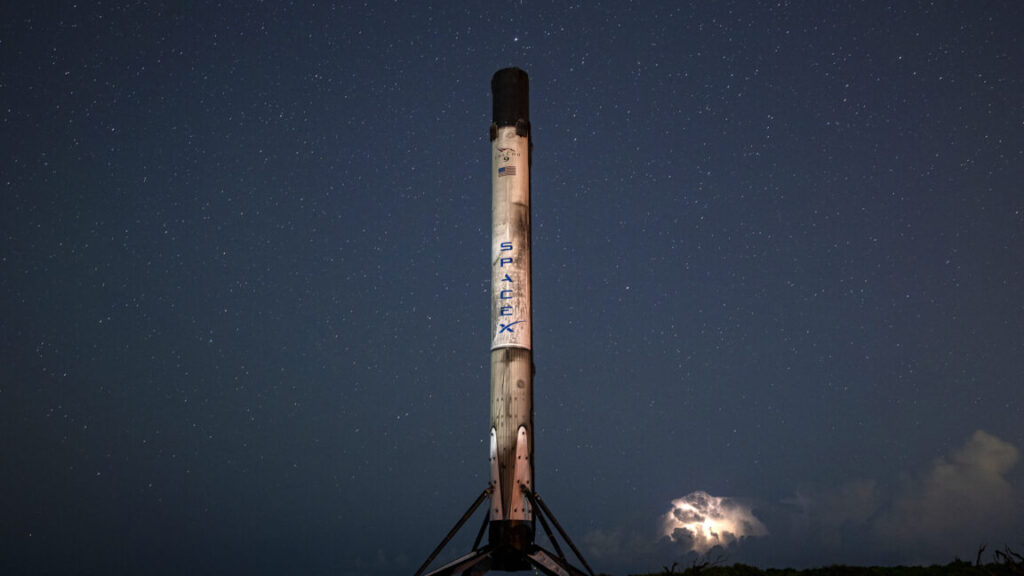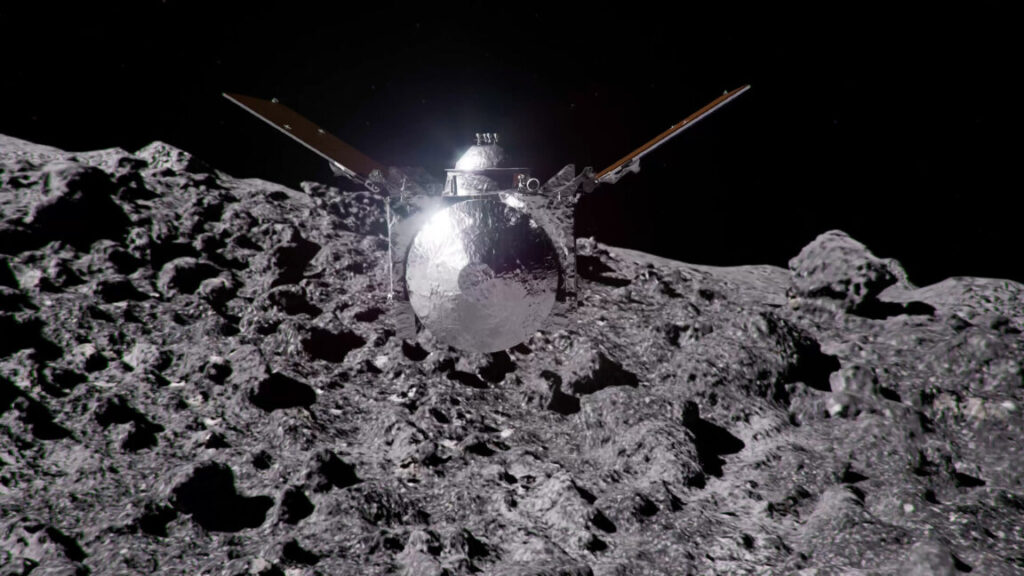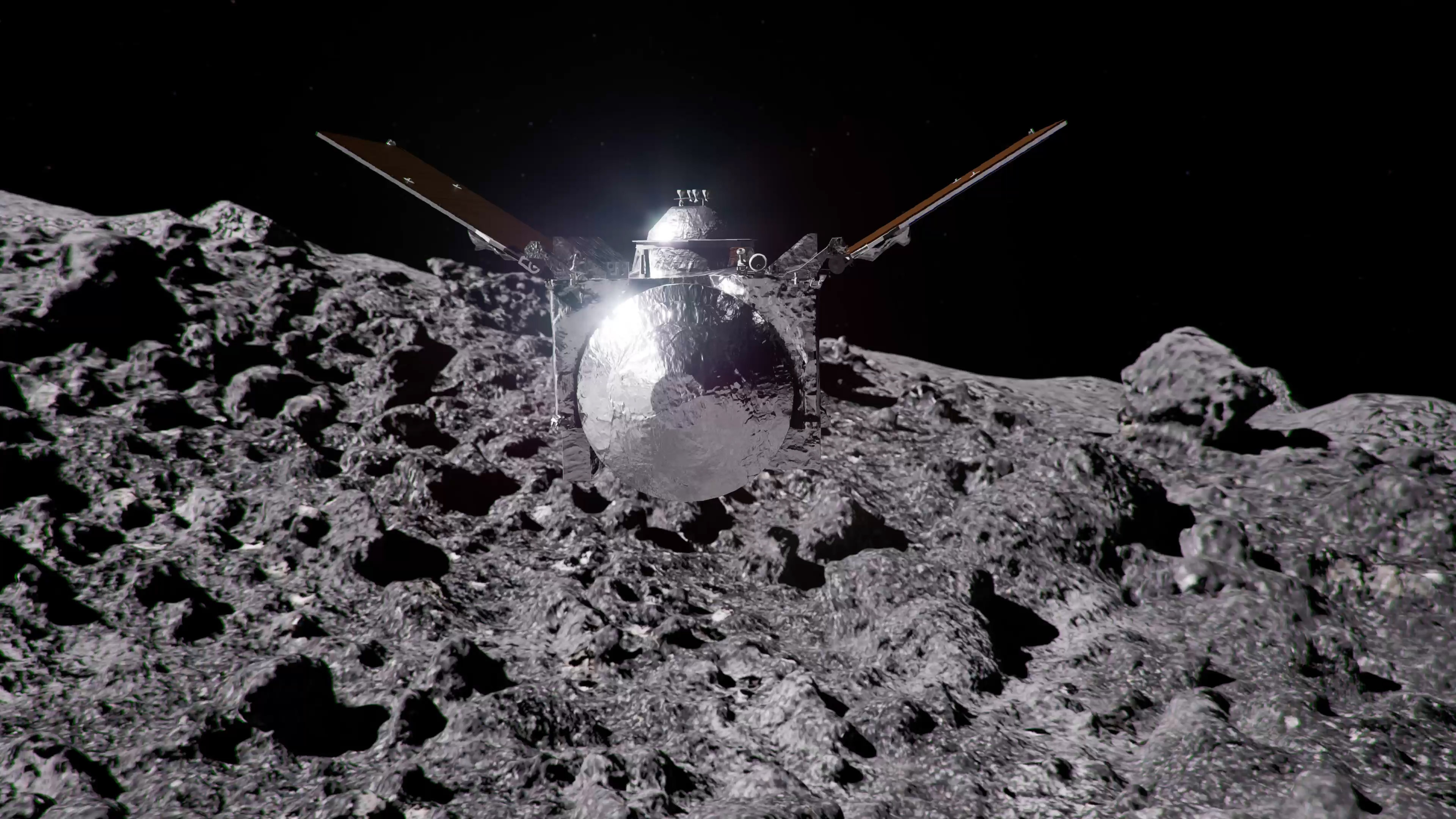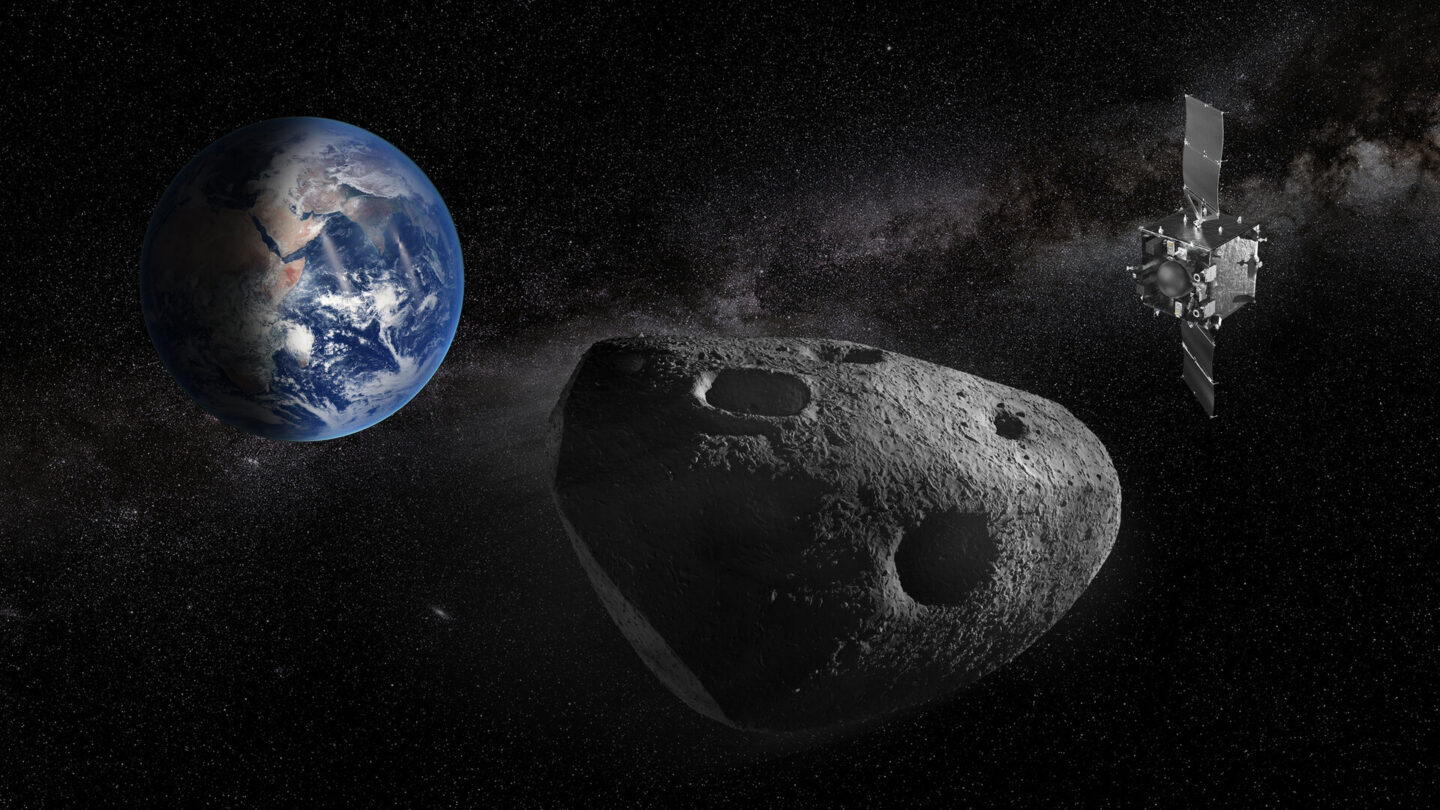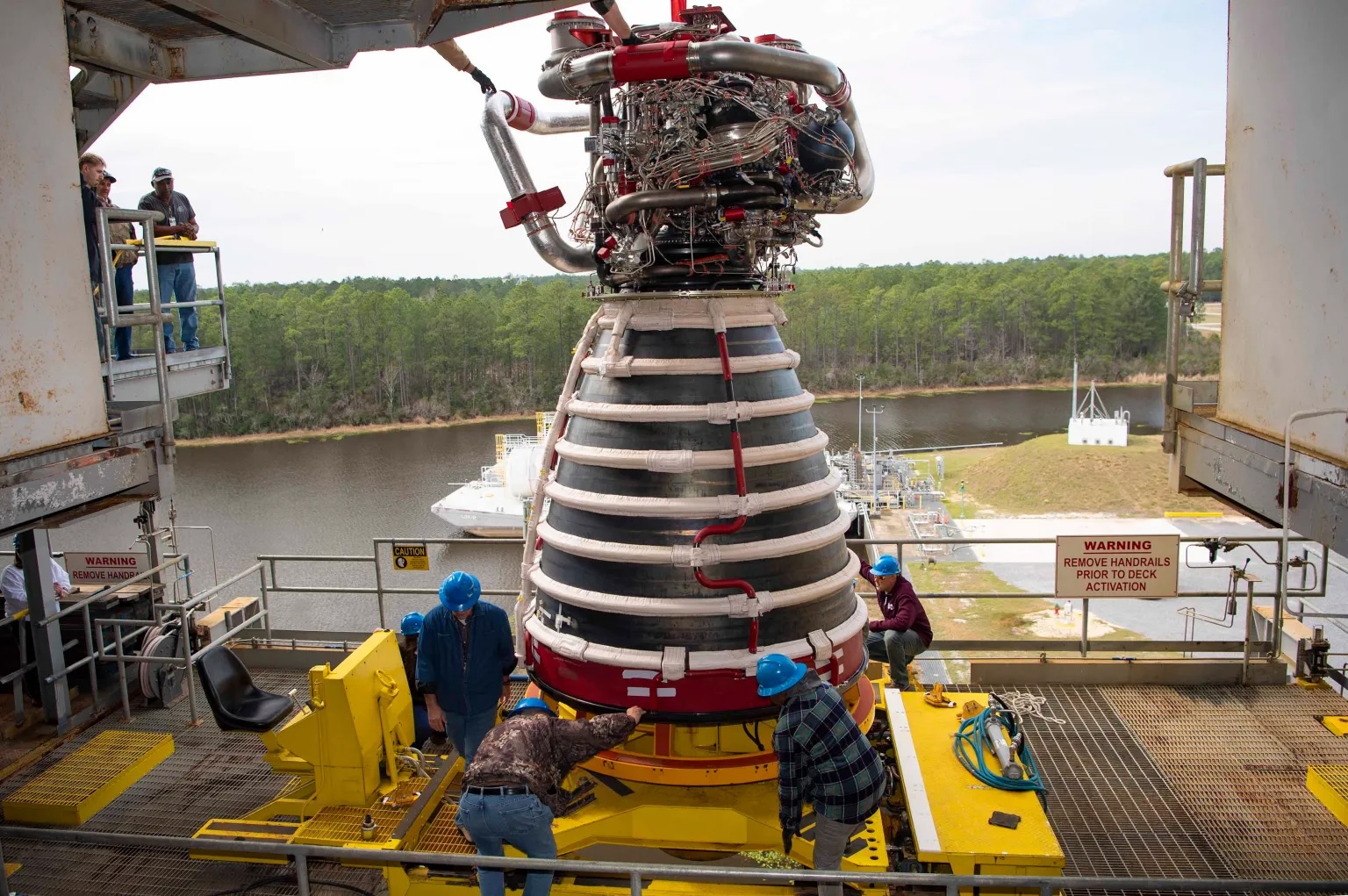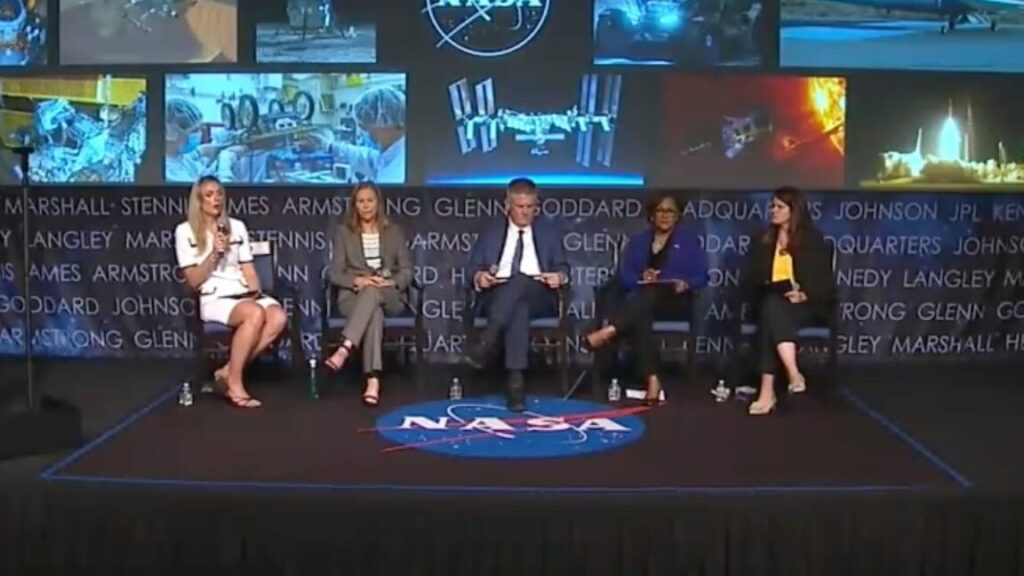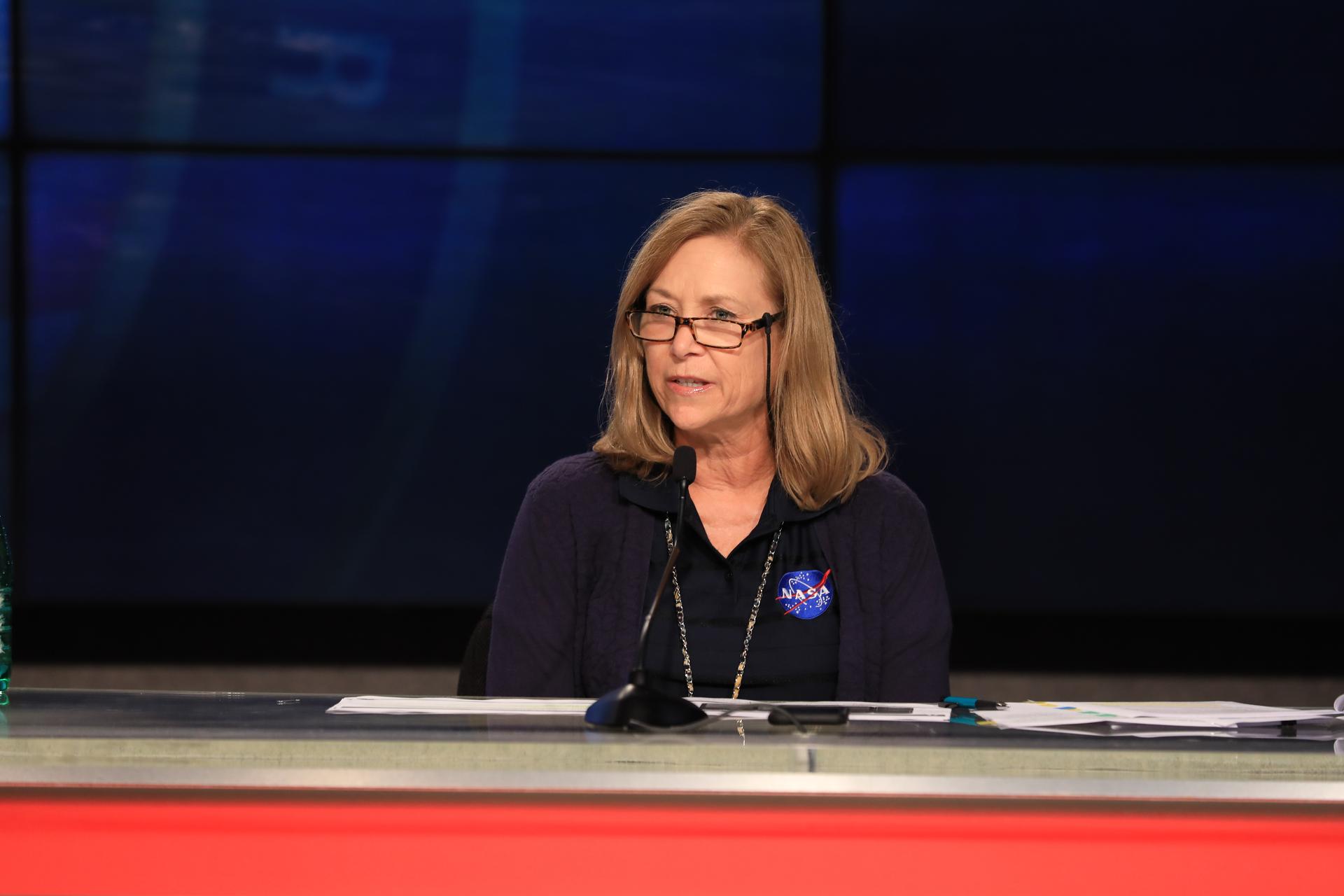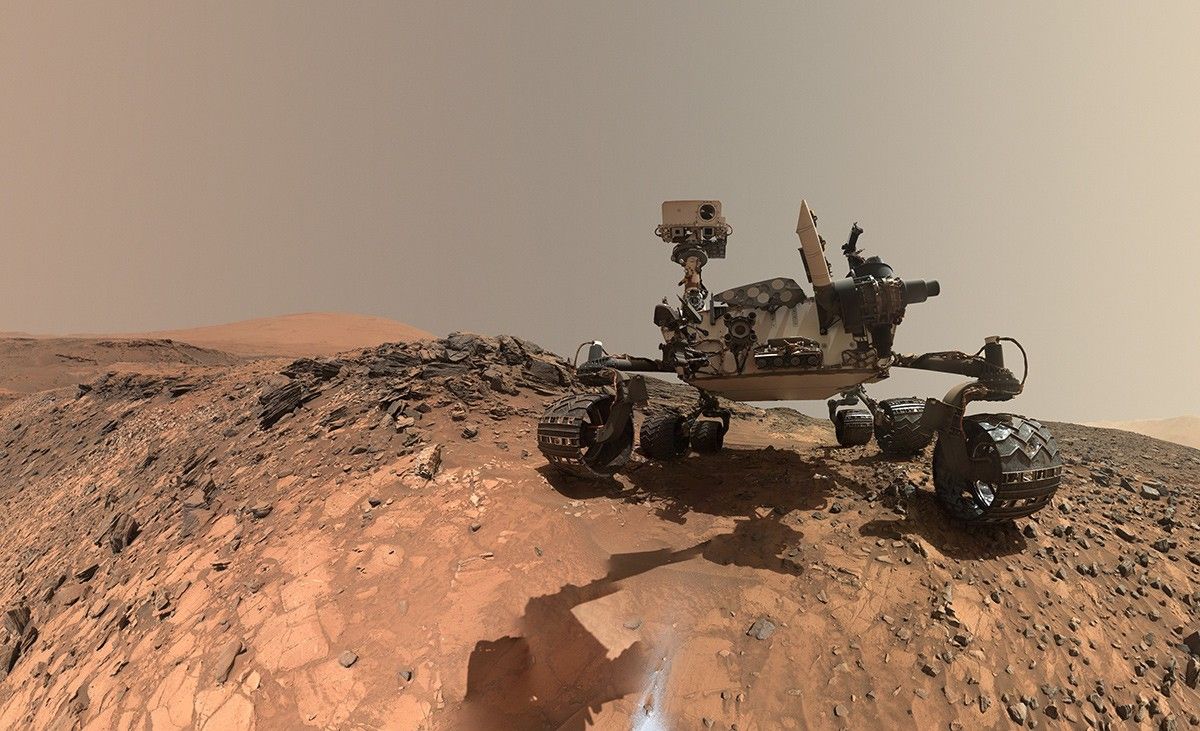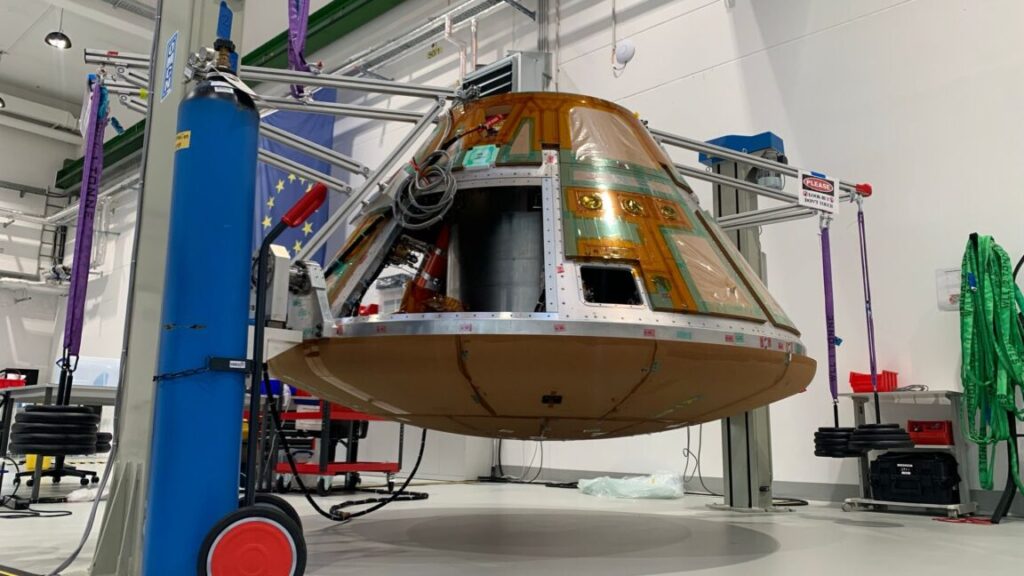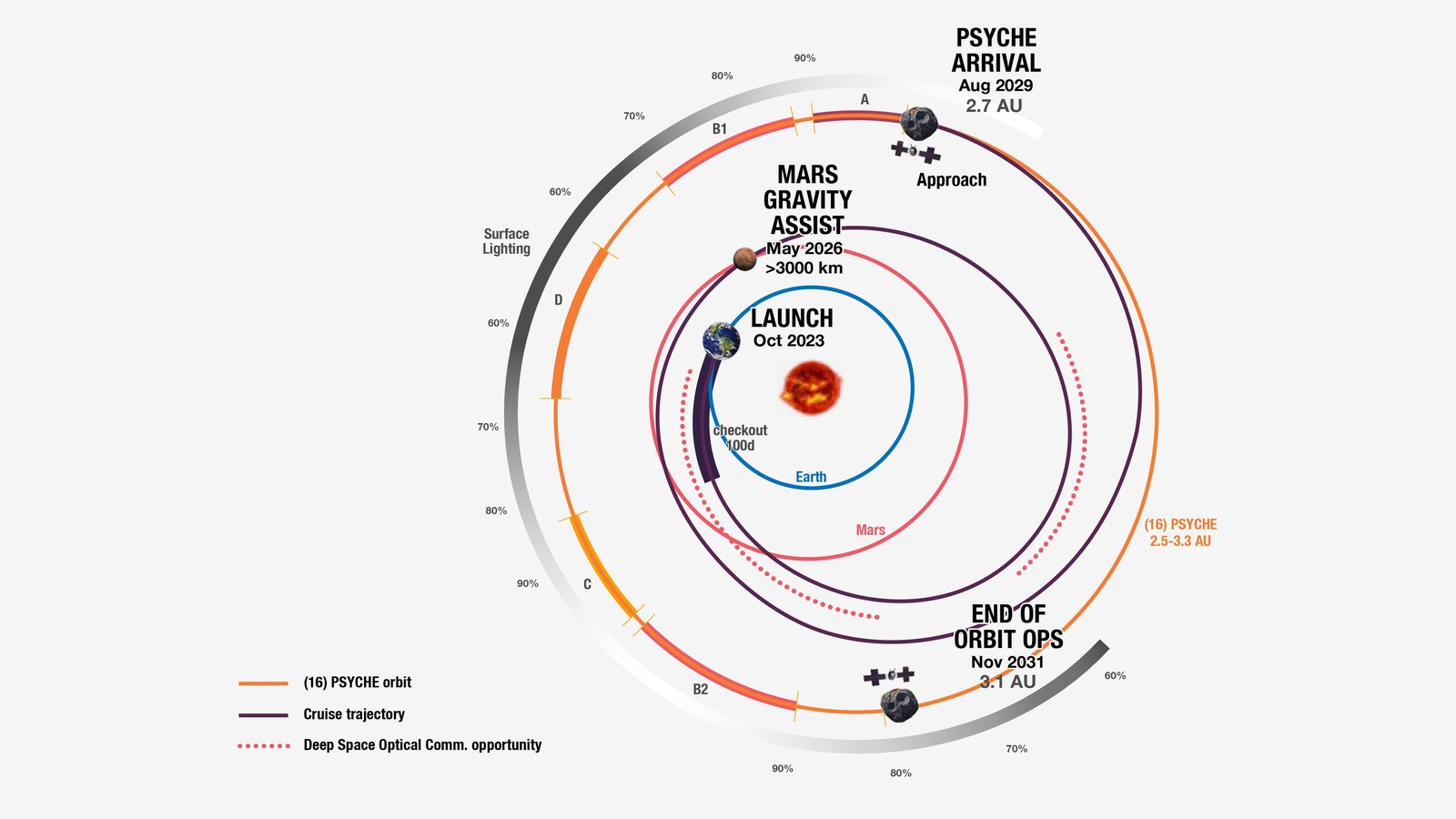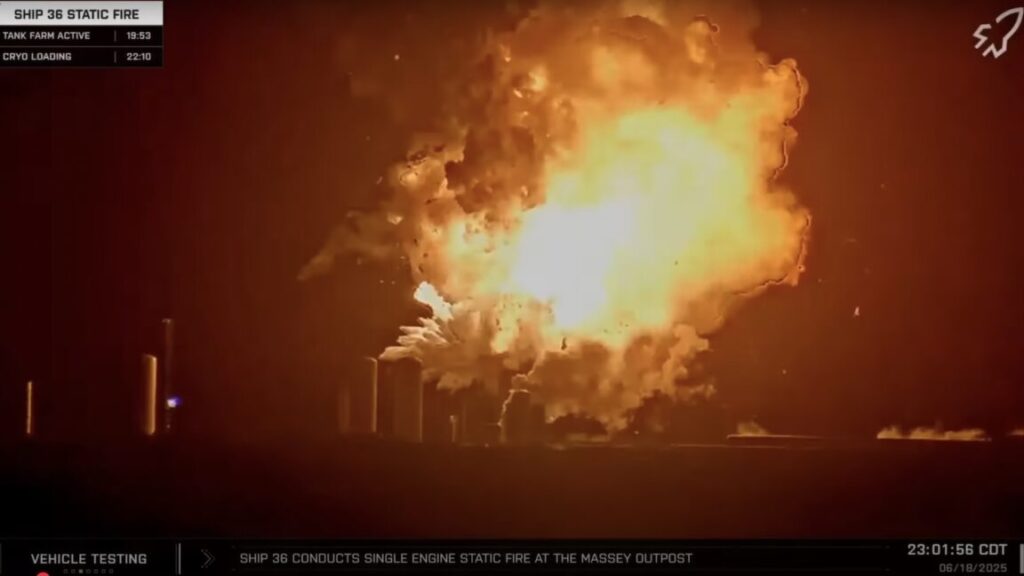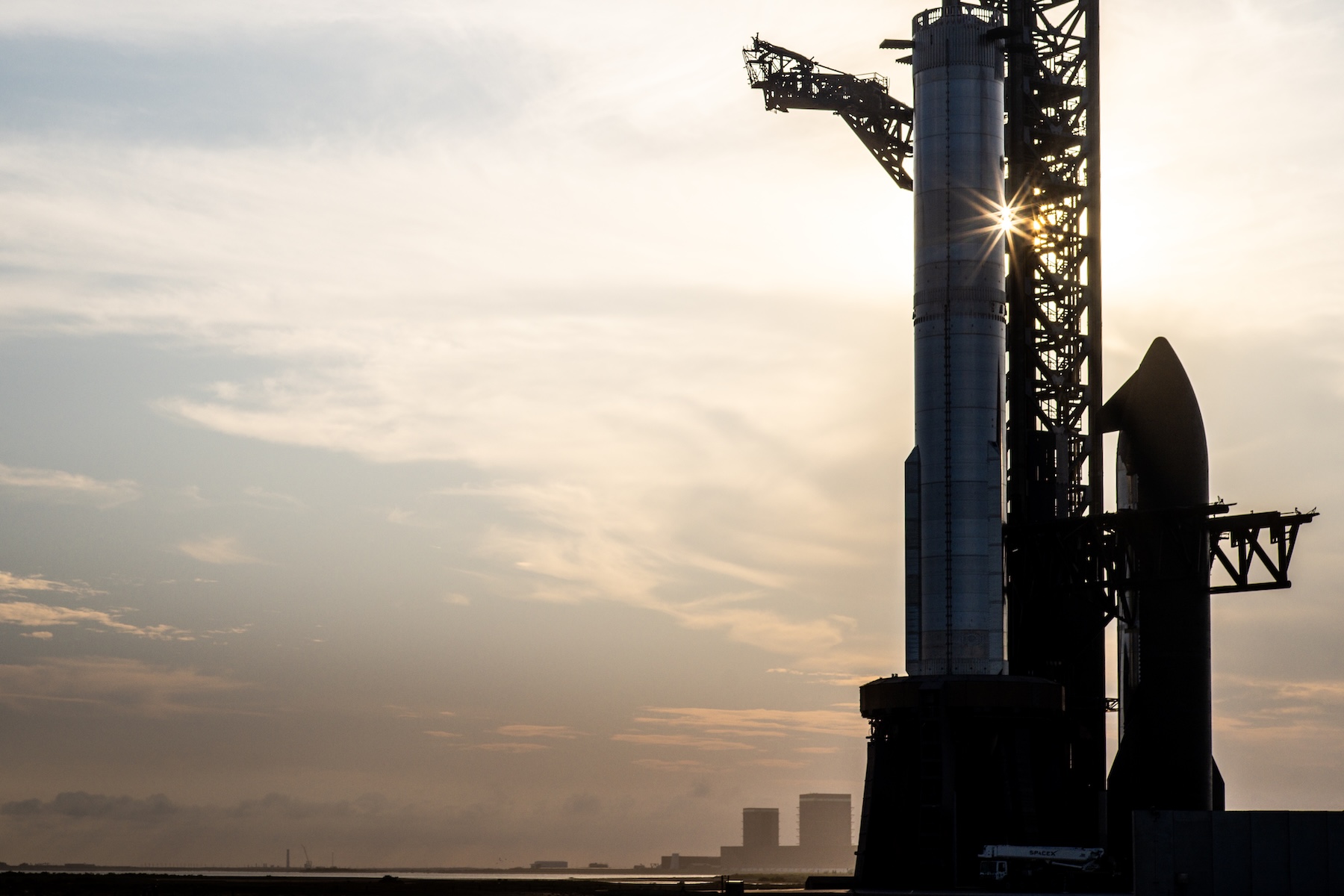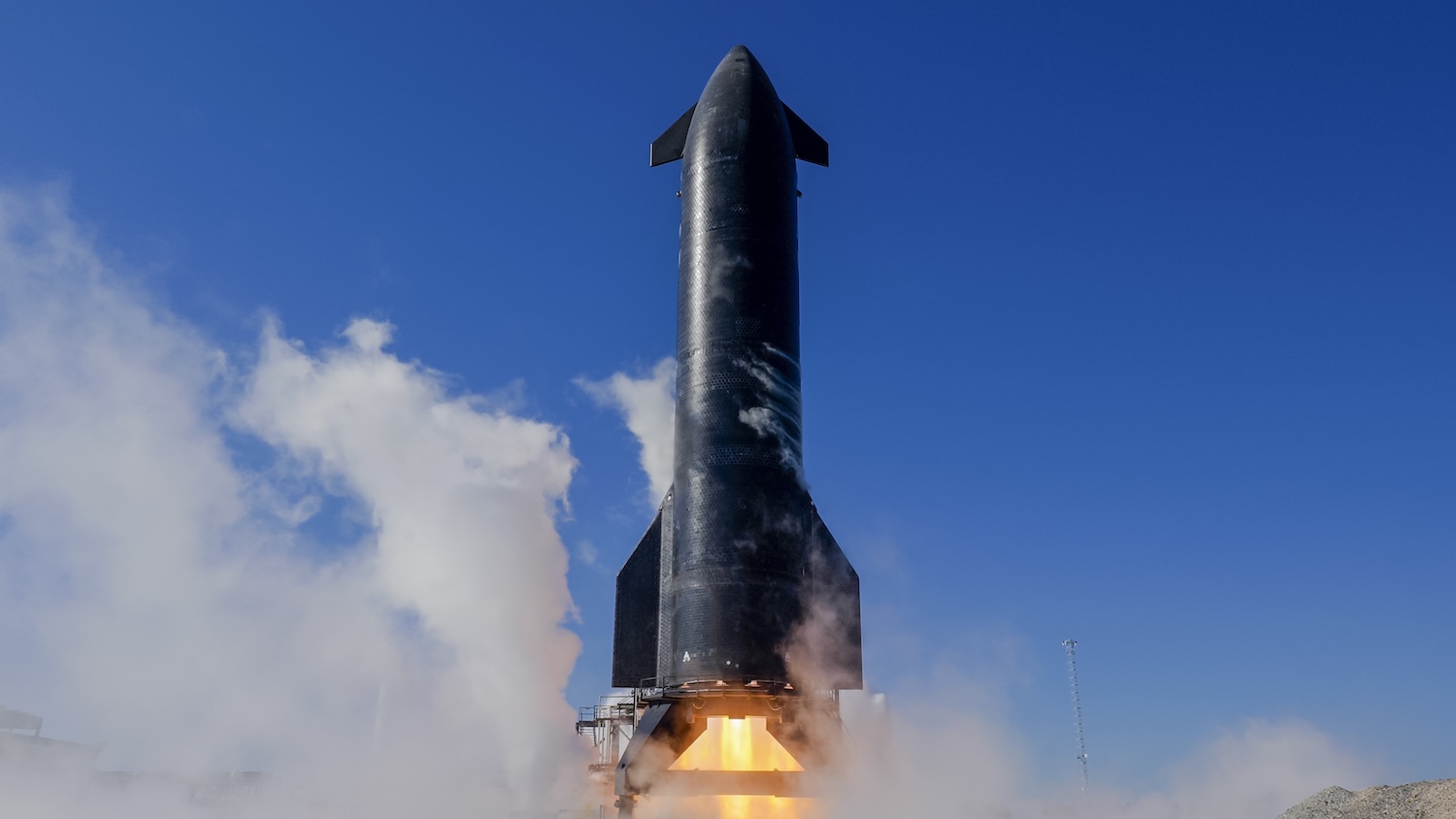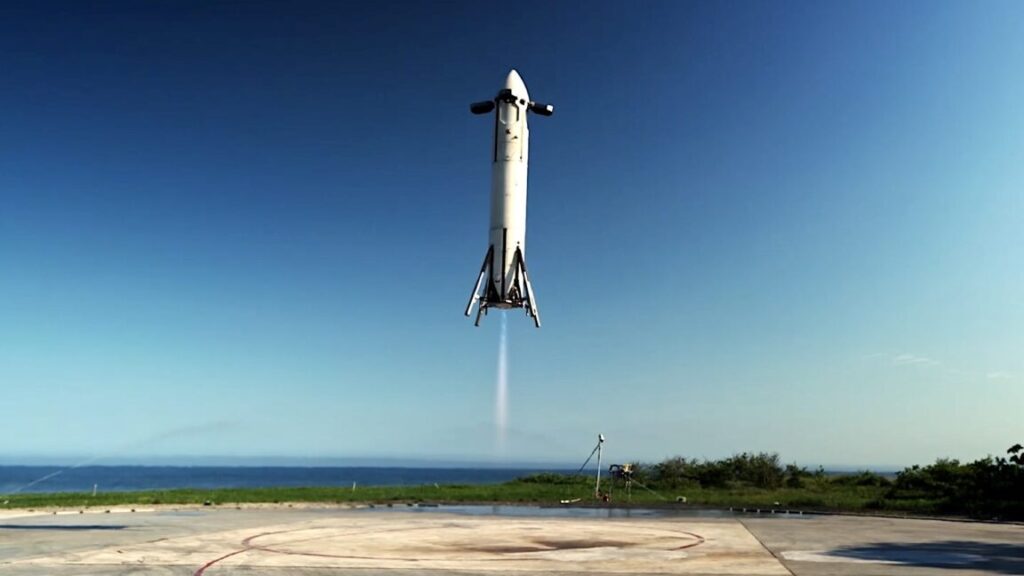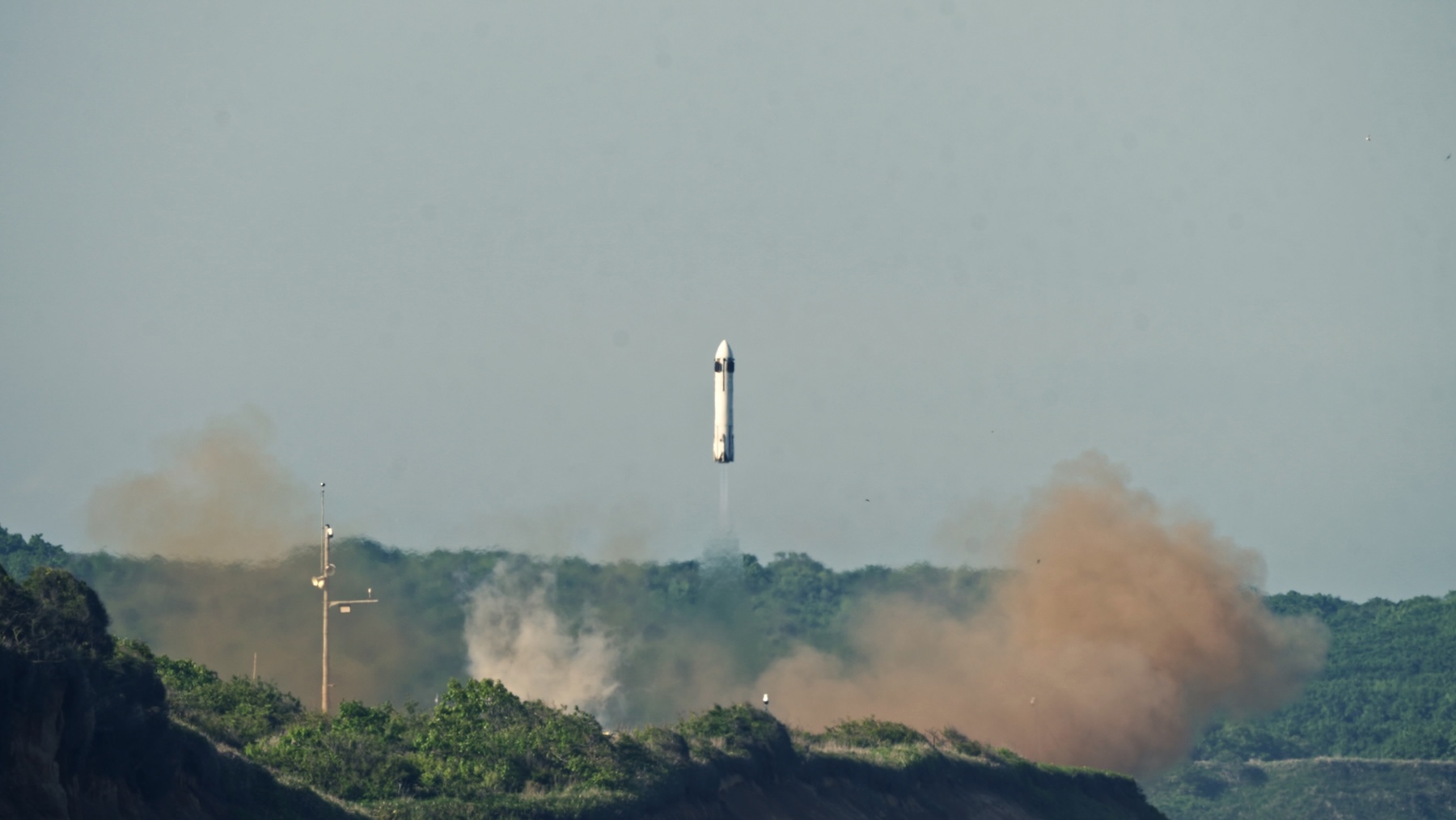Tuesday Telescope: A howling wolf in the night sky
Welcome to the Tuesday Telescope. There is a little too much darkness in this world and not enough light—a little too much pseudoscience and not enough science. We’ll let other publications offer you a daily horoscope. At Ars Technica, we’ll take a different route, finding inspiration from very real images of a universe that is filled with stars and wonder.
In the 1800s, astronomers were mystified by the discovery of stars that displayed highly unusual emission lines. It was only after 1868, when scientists discovered the element helium, that astronomers were able to explain the broad emission bands due to the presence of helium in these stars.
Over time, these stars became known as Wolf-Rayet stars (Charles Wolf was a French astronomer, and helium was first detected by the French scientist Georges Rayet and others), and astronomers came to understand that they were the central stars within planetary nebulae, and continually ejecting gas at high velocity.
This gives Wolf-Rayet stars a distinctive appearance in the night sky. And this week, Chris McGrew has shared a photo of WR 134—a variable Wolf-Rayet star about 6,000 light-years away from Earth in the constellation of Cygnus—which he captured from a dark sky location in southwestern New Mexico.
“The stellar winds are blowing out the blue shell of ionized oxygen gas visible in the middle of the image,” McGrew said. “This is a deep sky object that has been imaged countless times, and I get why. Ever since I saw it for the first time, it’s been high on my list. For years I didn’t have the skies or the time, but I finally got the chance to go after it.”
Source: Chris McGrew
Do you want to submit a photo for the Daily Telescope? Reach out and say hello.
Tuesday Telescope: A howling wolf in the night sky Read More »
